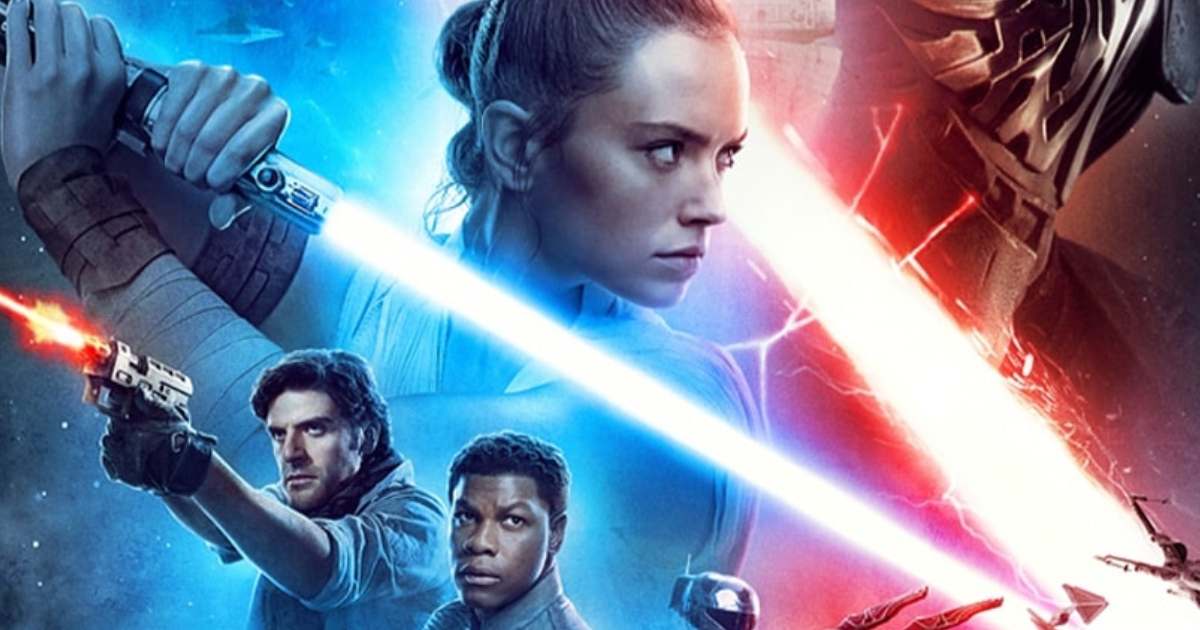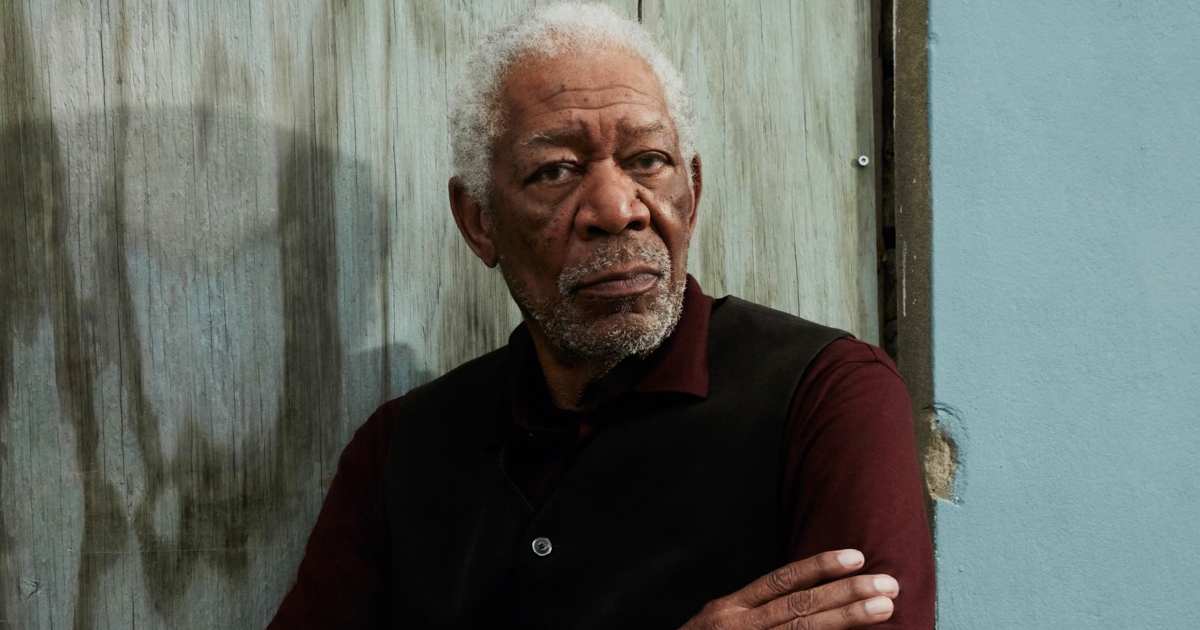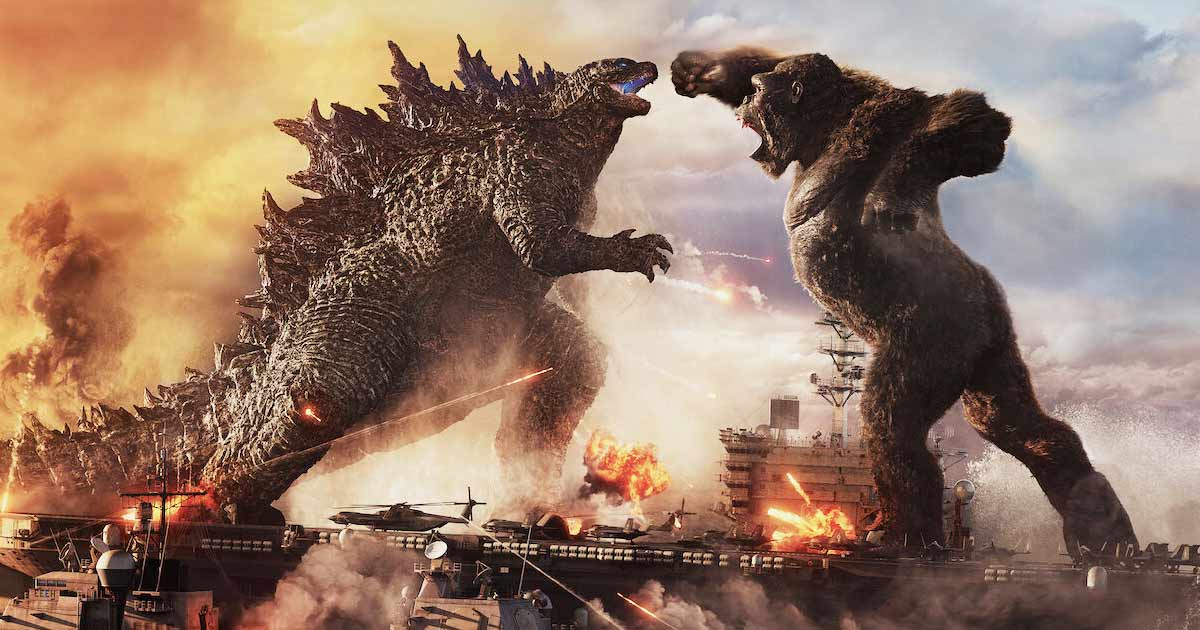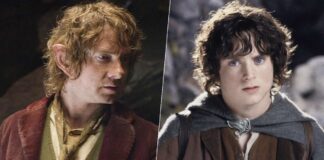
Star Wars is more than just a cinematic saga; it’s a pop culture universe of its own, shaping everything from modern sci-fi storytelling to the way merchandise is marketed globally. Few creative properties have generated enduring passion, sparked debate, or maintained such relevance across generations. Born from the singular vision of George Lucas in the late 1970s, Star Wars began as an underdog film with little studio confidence, only to become a multi-billion-dollar cultural juggernaut.
Lucas kept tight creative and business control over the galaxy he created for decades. He oversaw its evolution through six films, spin-offs, and an expanding empire of games, toys, and television series. But then came a pivotal moment that reshaped the entertainment industry: the day George Lucas sold his studio and legacy to one of Hollywood’s most powerful giants. So, how much did Disney pay to acquire Star Wars, and what exactly was included in the deal?
With Star Wars What Did George Lucas Really Give Up?
On October 30, 2012, Disney made one of the most high-profile acquisitions in entertainment history, announcing that it had purchased Lucasfilm Ltd. from George Lucas for $4.05 billion, as per The Hollywood Reporter. This wasn’t just a buyout, it was the transfer of one of cinema’s most cherished and lucrative universes. The deal included not only the rights to the Star Wars and Indiana Jones franchises but also Lucasfilm’s operating businesses in live-action film production, consumer products, animation, visual effects (Industrial Light & Magic), and audio post-production (Skywalker Sound).
Trending
The $4.05 billion was paid in a mix of cash and stock. Roughly half, about $2.21 billion, was in the form of Disney shares, making Lucas one of the company’s largest individual shareholders at the time. Since the acquisition, Disney has launched five Star Wars films, numerous TV series on Disney+, and an avalanche of merchandise, turning that $4 billion investment into a goldmine.
More importantly, Disney transformed Star Wars into a foundational pillar of its global brand, with Galaxy’s Edge theme park attractions and an ever-growing slate of original streaming content. For George Lucas, the sale was the end of an era, his farewell to creative control over a galaxy he had built from scratch. For Disney, it was the beginning of a new chapter that continues to shape the modern cinematic universe.
For more such stories, check out Hollywood
Must Read: Not Avatar or Endgame! This Classic Still Tops Most Ticket Sales—Guess Which One
Follow Us: Facebook | Instagram | Twitter | YouTube | Google News



 Follow Us
Follow Us









